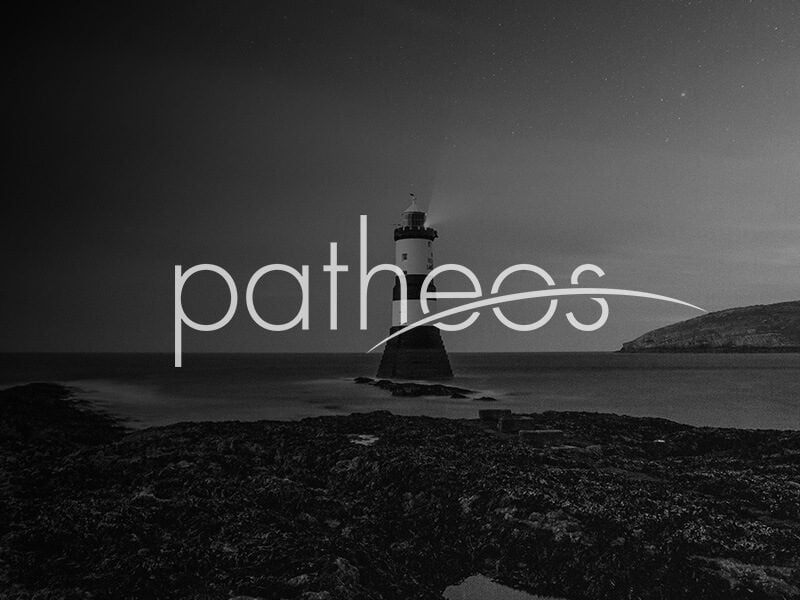I have derived what I hope are some valid insights into the nature of time and consciousness from thinking about Blake’s descriptions of his eidetic imagery, which I did not know about, despite having done Blake for one of my Master’s orals, until I saw Jacob Bronowski’s episode about Blake done as an addendum to his Ascent of Man series. Bronowski said that he expected to be reading about an amusing English eccentric, but instead found himself looking into one of the most profound intellects he had ever encountered. Yeah, I’ve always felt that way about Blake also.
The major reason why I could grasp what Blake was describing is that my oldest daughter, Maeve Adair Kelly, has the full ability, perhaps even more so than William Blake. After a very difficult pregnancy, my second wife, Alta Picchi Kelly, gave birth to Maeve on January 12, 1973. Maeve was a rather “fey” child, dancing about the living room draped in scarves. She must have been about five before she could figure out which things other people could see also. But I did not know about her strange talent until about 1981, returning from the Four Corners area, where Alta had been doing fieldwork with the Ute Mountain Ute Tribe that she incorporated into her doctoral dissertation at Hawthorne University. I had been a practicing Catholic again for about three years, and in southern Utah we managed to find a small Catholic chapel. The congregation was about a dozen people.
During the Mass, Maeve wandered out into the lobby and came back holding a bluish marble. It looked rather like the famous photo of Earthrise as seen from our Moon. When we asked where she had gotten it, she said that the nice lady had given it to her. “What lady?” we asked. She led us out to the lobby, pointed to the life-size statue of the Blessed Virgin, and said, “She gave it to me. She told me it was special.”
Alta whispered, sounding awestruck, “Eidetic imagery.” That was the first time I had heard the term. What Alta meant was that for Maeve, the statue had come to life, stepped down onto the floor, and given her the marble. I looked at the statue and that very real marble, and had no idea what to think. Maeve later gave the marble to a little girl who was crying, to comfort her.
With full-blown eidetic imagery, when thusly gifted persons want to visualize something, it is not just a vague image “in the mind’s eye”; instead, it pops into existence before them, rather like a hologram. Once, after a trip to the Santa Barbara Art Museum when she was 16, Maeve was trying to sketch a statue for her report, but the sketch was not going well. She walked around the perimeter of the living room, staring at its (to me) apparently empty center, than sat down and sketched the statue from a different angle.
Eidetic “imagery” is not merely visual. As a teenager, Maeve could articulate her experiences quite well. She had four guardian angels, named John, Michael, Lucas, and Gabriel (I think). She did not just see them, she said, but experienced them with all six senses (I think by the sixth she meant that “magnetic” sense that alerts us to the proximity of another large beast); that is, she could also hear, touch, and smell them. She had many long conversations with them, knowing perfectly well that others could not perceive them, but they did give her very reliable information.
Maeve also told me that her angels had other names. John, her favorite, was also Apollo; it was he who talked with her the most. Lucas’ other name was Lucifer; he was quite argumentative. Maeve told me, when she was sixteen, that she had the day before gotten fed up with Lucas, cast a circle, and banished him to Al-Anon to deal with his pride. Right then I decided that Maeve needed to be initiated so that her psychic talents, inherited from her vastly talented mother, could be trained.
Most “once-born” psychologists deny that eidetic imagery exists, or, if they do admit that, think it is the same as photographic memory. Of course, such psychologists also tend to deny the existence of the unconscious mind and to believe that any sort of belief in any sort of divinity is a symptom of bad mental health. It is also pointless to argue with them, since they tend to be even more closedminded than Biblical inerrantists. Lately, some such persons have convinced Maeve that her talent is merely hallucinations induced by various traumas. However, that wild-assed guess does not explain why she seems to have been born with that talent.
Blake’s clearest description of his eidetic imagery was in a verse written in a letter to a friend:
“Now I a fourfold vision see
And a fourfold vision is given to me.
‘Tis fourfold in my supreme delight
And threefold in soft Beulah’s night
And twofold always; may God us keep
From single vision and Newton’s sleep.”
Let’s unpack that. First, Blake was saying that he too had Awakening experiences, in which he could have three eidetic images going simultaneously on top of “ordinary” perception. Second, he could have two eidetic images plus “ordinary” perception when making love to his wife. Third, he preferred to also have at least two levels of perception going at all times. What did he mean by “Newton’s sleep”? Did he hate Newton? No, Newton was one of the six heroes who appear (rather like the amesha spentas of Zoroastrian theology) at the end of his Jerusalem. What he was denying was the almost universal belief that our ordinary onefold perception is objective perception of the one and only reality. He knew better. Blake’s amazing paintings were all done from living models that no one else could see. I think he also had conscious control, that he could turn on an eidetic perception and then turn off “ordinary” perception!
Once someone pointed at a tree and asked Blake what he saw. He replied that he saw an angel of God pouring grace down upon the Earth. His interlocutor responded, “But, Mr. Blake, surely you must know that the angel is not really there!” I am pretty sure that Blake’s response meant, “Of course I know that. But what you do not understand is that the tree is not really there either.” Blake was thus apparently the first person to propose that our ordinary perception is actually eidetic imagery. Or perhaps not the first. Newton, with his strange, schizophrenic insights, thought that perception proceeds outward, that is, that perception does not consist of the inward flow of sense data, but is am active process
If the “reality” we perceive is an eidetic image, projected outward from our minds, how and why do we all seem to see the same external reality? Such consensus can be explained if (and perhaps only if) the Deep Mind operates beneath the surface, coordinating all our perceptions. Furthermore, if some perception operates by eidetic imagery, why should we have another, entirely different perceptual system? That violates Occam’s Razor. But at this point such a possibility will require rethinking everything we think we know about how our minds work. Our minds and consciousness itself are far more mysterious than all the rest of the universe.











